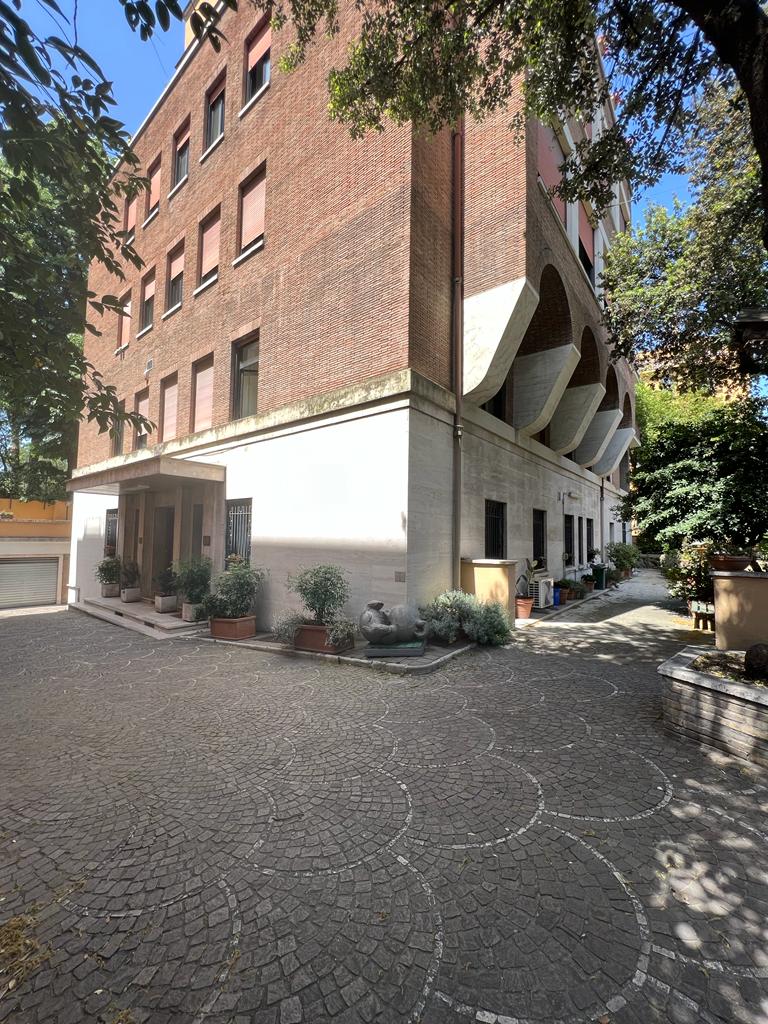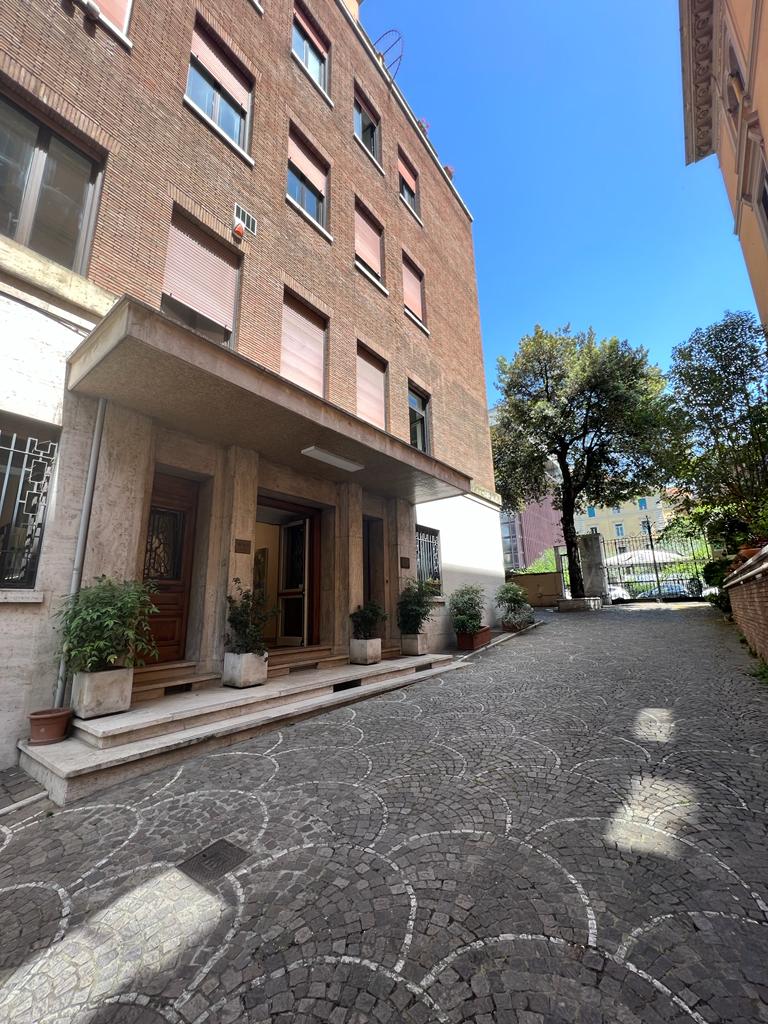D’Aniello E, Amodeo P, Vitale RM. (2023) Marine Natural and Nature-Inspired Compounds Targeting Peroxisome Proliferator Activated Receptors (PPARs). Marine Drugs, 21(2):89. https://doi.org/10.3390/md21020089
Gafranek, J.T., D’Aniello, E., Ravisankar, P., Thakkar, K., Vagnozzi, R.J., Lim, H.-W., Salomonis, N., and Waxman, J.S. (2023). Sinus venosus adaptation models prolonged cardiovascular disease and reveals insights into evolutionary transitions of the vertebrate heart. Nature Communications 14, 5509. https://doi.org/10.1038/s41467-023-41184-y
Russo, M. T., A. Santin, A. Zuccarotto, S. Leone, A. Palumbo, M. I. Ferrante and I. Castellano (2023). "The first genetic engineered system for ovothiol biosynthesis in diatoms reveals a mitochondrial localization for the sulfoxide synthase OvoA." Open Biology 13(2): 220309. https://doi.org/10.1098/rsob.220309
Barrenechea Angeles, I., M. L. Romero-Martínez, M. Cavaliere, S. Varrella, F. Francescangeli, R. Piredda, M. G. Mazzocchi, M. Montresor, A. Schirone, I. Delbono, F. Margiotta, C. Corinaldesi, S. Chiavarini, M. R. Montereali, J. Rimauro, L. Parrella, L. Musco, A. Dell'Anno, M. Tangherlini, J. Pawlowski and F. Frontalini (2023). "Encapsulated in sediments: eDNA deciphers the ecosystem history of one of the most polluted European marine sites." Environment International 172: 107738. https://doi.org/10.1016/j.envint.2023.107738
Bommarito, C., Díaz-Morales, D.M., Guy-Haim, T., Noè, S., Delasalle, J., Buchholz, B., Khosravi, M., Rilov, G., Sures, B., and Wahl, M. (2023). Warming and parasitism impair the performance of Baltic native and invasive macroalgae and their associated fauna. Limnology and Oceanography 68, 1852-1864. https://doi.org/10.1002/lno.12390
Bonanomi, S., Annibale, O., Lucchetti, A., & Bottaro, M. (2023). Extinct but not entirely: A new occurrence of the critically endangered Squatina squatina (Linnaeus, 1758) stresses the urgency of its conservation in the Adriatic sea. Estuarine, Coastal and Shelf Science, 287, 108344.
Bottaro, M., Sinopoli, M., Bertocci, I., Follesa, M. C., Cau, A., Consalvo, I., ... & Danovaro, R. (2023). Jaws from the deep: biological and ecological insights on the kitefin shark Dalatias licha from the Mediterranean Sea. Frontiers in Marine Science, 10.
Consales, G., Bottaro, M., Mancusi, C., Neri, A., Sartor, P., Voliani, A., ... & Marsili, L. (2023). Persistent Organic Pollutants (POPs) in three bathyal chondrichthyes from the North-Western Mediterranean Sea. Marine Pollution Bulletin, 196, 115647.
Costa, V., Sciutteri, V., Consoli, P., Manea, E., Menini, E., Andaloro, F., Romeo, T., and Danovaro, R. (2023). Volcanic-associated ecosystems of the Mediterranean Sea: a systematic map and an interactive tool to support their conservation. PeerJ 11, e15162. https://doi.org/10.7717/peerj.15162
Díaz-Morales, D.M., Bommarito, C., Knol, J., Grabner, D.S., Noè, S., Rilov, G., Wahl, M., Guy-Haim, T., and Sures, B. (2023). Parasitism enhances gastropod feeding on invasive and native algae while altering essential energy reserves for organismal homeostasis upon warming. Science of The Total Environment 863, 160727. https://doi.org/10.1016/j.scitotenv.2022.160727
Fioravanti, T., Maio, N., Psomadakis, P. N., Manzotti, S., Gigante, A. P., Splendiani, A., Bottaro, M., ... & Barucchi, V. C. (2023). The sawfish (Rhinopristiformes, Pristidae) rostrum displayed in the “Basilica Santuario del Carmine Maggiore” in Naples, Italy: A long story of legends and taxonomic errors. Contributions to Zoology, 1(aop), 1-20.
Gallo, S., Nania, G., Caruso, V., Zicarelli, G., Leonetti, F. L., Giglio, G., Bottaro, M., ... & Sperone, E. (2023). Bioaccumulation of Trace Elements in the Muscle of the Blackmouth Catshark Galeus melastomus from Mediterranean Waters. Biology, 12(7), 951.
Motta, G., Caffara, M., Fioravanti, M. L., Bottaro, M., Avian, M., Terlizzi, A., & Tedesco, P. (2023). Parasitic infection in the scyphozoan Rhizostoma pulmo (Macri, 1778). Scientific Reports, 13(1), 5549.
Pfister, C.A., Cardini, U., Mirasole, A., Montilla, L.M., Veseli, I., Gattuso, J.-P., and Teixido, N. (2023). Microbial associates of an endemic Mediterranean seagrass enhance the access of the host and the surrounding seawater to inorganic nitrogen under ocean acidification. Scientific Reports 13, 19996. https://doi.org/10.1038/s41598-023-47126-4
Russo, M. T., A. Santin, A. Zuccarotto, S. Leone, A. Palumbo, M. I. Ferrante and I. Castellano (2023). "The first genetic engineered system for ovothiol biosynthesis in diatoms reveals a mitochondrial localization for the sulfoxide synthase OvoA." Open Biology 13(2): 220309. https://doi.org/10.1098/rsob.220309
Savin, A.; Sini, M.; Xynogala, I.; Lioupa, V.; Vougioukalou, K.; Stamatis, K.; Noè, S.; Ragkousis, M.; Gerovasileiou, V.; Dailianis, T.; Katsanevakis, S. (2023). Assessment of Macroalgal Communities on Shallow Rocky Reefs in the Aegean Sea Indicates an Impoverished Ecological Status. Medit. Mar. Sci. 24, 241-258. https://doi.org/10.12681/mms.31034
Sinopoli, M., Badalamenti, F., Bottaro, M., & D’Anna, G. (2023). The Role of Fish Aggregating Devices (FADs) in Juvenile Fish Dispersal along the North-Western Coast of Sicily. Journal of Marine Science and Engineering, 11(4), 746.
Somma E, Terlizzi A, Costantini M, Madeira M, Zupo V. (2023) Global Changes Alter the Successions of Early Colonizers of Benthic Surfaces. Journal of Marine Science and Engineering, 11: 1232. https://doi:10.3390/jmse11061232
Welcome to the first International Summer School on Systems Biology (ISSSB 2022) that will take place at the Stazione Zoologica Anton Dohrn, Naples, from October 10th to 14th 2022.
The school is intended for PhD students and early career researchers interested in a systems biology approach to ocean studies. Oceans represent a perfect example of a holistic system made of interconnected entities, both as species and as niches. Understanding how their interactions will results in its health and equilibrium require an interdisciplinary approach, from different scientific areas and technological, experimental and informatic skills. The aim of the school is to provide participants basic and advanced knowledge on Biodiversity, Ecological interactions, Evolutionary Genomics and Omic disciplines, to be used as an integrated approach for EcoEvoDevo studies and Biotech Applications in ocean studies. The five days programme of the school will combine theoretical and practical lectures on different marine organisms, research topics and technological tools, following the original path of the founder, Anton Dohrn, who conceived the SZN as an integrated network of scientists and disciplines. Social events will include visit to the SZN Aquarium, the Darwin-Dohrn Museum (DaDoM) and the city of Naples.
Admission to the course will be evaluated by the scientific committee based on the preliminary knowledge and motivation of applicants.
Detailed information on the program of the course and online registration form for the ISSSB 2022 are available at the following link: https://isssb2022.wixsite.com/isssystemsbiology
Do not hesitate to contact us at This email address is being protected from spambots. You need JavaScript enabled to view it.
The organizers are waiting for you!
Registration fee: 300 Euro
(Deadline: 04 September 2022)
(Early registration: 07/08/2022, 250 Euro)
The Stazione Zoologica, through its Grant and Innovation Office, promotes the use, commercial development and exploitation of industrial property rights resulting from research results. It holds several industrial property rights, of which the patent portfolio is structured with titles (exclusively owned or jointly owned with other internationally prestigious research institutions) that are also European and international in scope.
A patent is a title by which the owner has a temporary monopoly of exploitation of the protected invention and prevents others from producing, selling or using the invention without authorisation. In order to be patented, an invention must, however, meet at least 3 basic requirements:
- Novelty
- Originality
- Industrial applicability
Below are the Zoological Station's currently filed patents:
The patented invention consists of a modulable RGB LED lighting system for aquatic photosynthetic organisms, capable of reproducing any natural light in aquatic ecosystems, accelerating and increasing the production of algal biomass and the molecules that can be extracted from it.
The patented invention consists of a breeding method and a specific feed composition to maximise the production of natural Astaxanthin from sea urchins, to be used as a nutraceutical.
The invention consists of a computerised automated system of apparatuses capable of reducing the cost of rearing aquatic invertebrates and a corresponding process for growing cultures of organisms in an aquatic environment.
The invention consists of a small device with autonomous operation capable of remotely measuring the temperature profile of the hydrogeological mantle thickness in all those areas where there is a need for multi-sensor profile detection in ice, snow and/or water, at high frequency, in adverse geological situations and at different depths.
The invention consists of a grafting technique to induce pearl production in edible bivalves, with zero mortality rates of the animal and zero rejection rates of the grafted nucleus.
The invention, based on the analysis of gene expression and the processing of the data obtained and their use in laboratory and clinical research, consists of an in vitro and ex vivo method that can monitor and predict cell response under many experimental conditions.
The invention consists of a technique for the reforestation of seagrass meadows, specifically seagrass beds of Posidonia oceanica, compromised by anthropogenic impacts.
The invention concerns the use of Ovothiols which have a protective effect on endothelial cultures obtained from umbilical cords of women suffering from gestational diabetes.
The invention concerns the use of natural molecules of marine origin as inhibitors of the activity of the enzyme GGT, the cause of the kidney, liver and lung diseases.
The invention consists of an environmentally sustainable protocol that uses the genetic engineering of the diatom Phaeodactylum tricornutum to stimulate the production of methylated 5-thiohistidines - and in particular Ovothiol B, one of the most powerful natural antioxidants. The use of P. tricornutum cultures accomplishes high productivity and allows easy scale-up of upstream and downstream processes.
The institutional interdepartmental centre of Rome, located in Via Gregorio Allegri 1, is a seat of Stazione Zoologica Anton Dohrn, established on November 16th 2018, with approval (n.2) of the board of directors.
The seat has a strategic positioning with respect to the location of other Ministries, University and Research Centres; in particular, the office is close to the Ministry of University and Research, National Research Council, University of Rome “La Sapienza” and other relevant institutions.

Initiatives
The Seat of Rome:
a) promotes collaborations with enterprises and other institutions for developing knowledge in marine science and its application for different scopes;
b) contributes to developing and promoting the economic, social and cultural progress of the Country by establishing industrial collaboration, spin-off, patent, scientific divulgation and education;
c) conducts supporting activities and strategic consulting for the development of future projects on basic and applied research on the territory of Lazio;
d) promotes the professional and technical growth of researchers with masters, degree courses and PhD based on agreements with Italian and international universities and enterprises;
e) promotes and realizes the dissemination of scientific culture and knowledge of the marine environment through public engagement and outreach activities;
f) collaborates with the Lazio Region, the Municipality of Rome, and other local administrations in promoting the development of joint research initiatives to enhance the territory and its environmental and productive resources;
g) carries out on-request consulting and technical-scientific evaluation activities for Public Administrations, enterprises and other private subjects.
Staff
Silvestro Greco, Scientific Coordinator
EMI Department
Director of the Territorial Seat of Calabria
Francesca Di Carlo, Administrative Coordinator
General Administration Area
Technologist Director
Alessandro Preti
General Administration Area - Coordinator
Claudia Gili
CAPE Department - Director
Research Director
Francesco Colloca
EMI Department
Senior Technologist
Simonepietro Canese
RIMAR Department
Senior Researcher
Paolo Albano
CAPE Department
Technologist
Francesco Stenico
RIMAR Department
Researcher
Maria Vittoria Modica
BEOM Department
Eva Salvati
EMI Department
Research fellows
Lorenzo Ippoliti
Martina Arcioni










